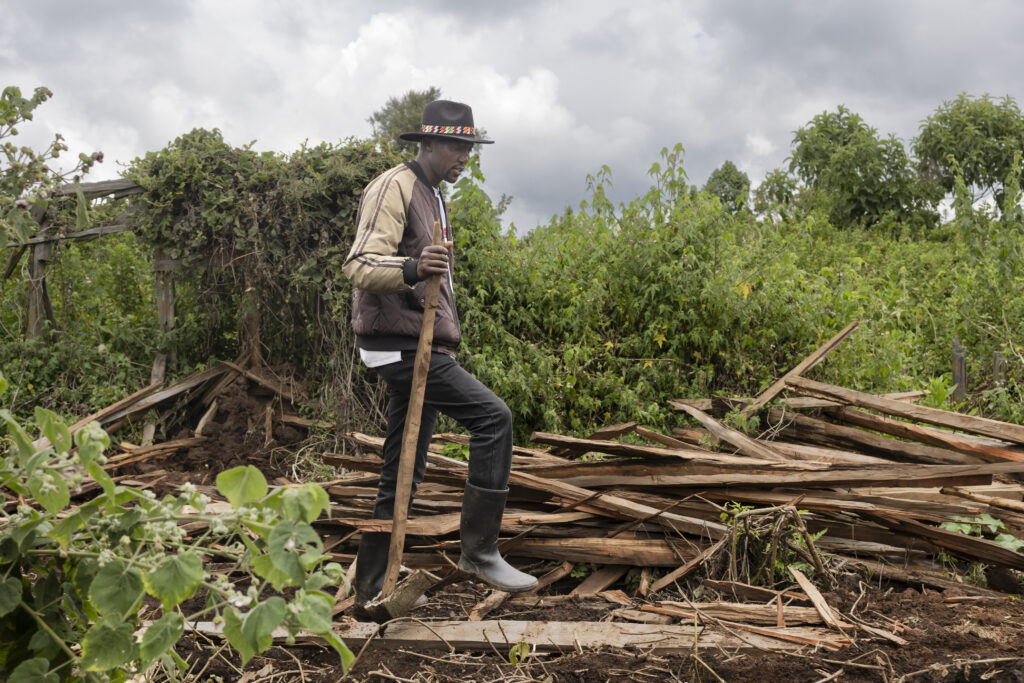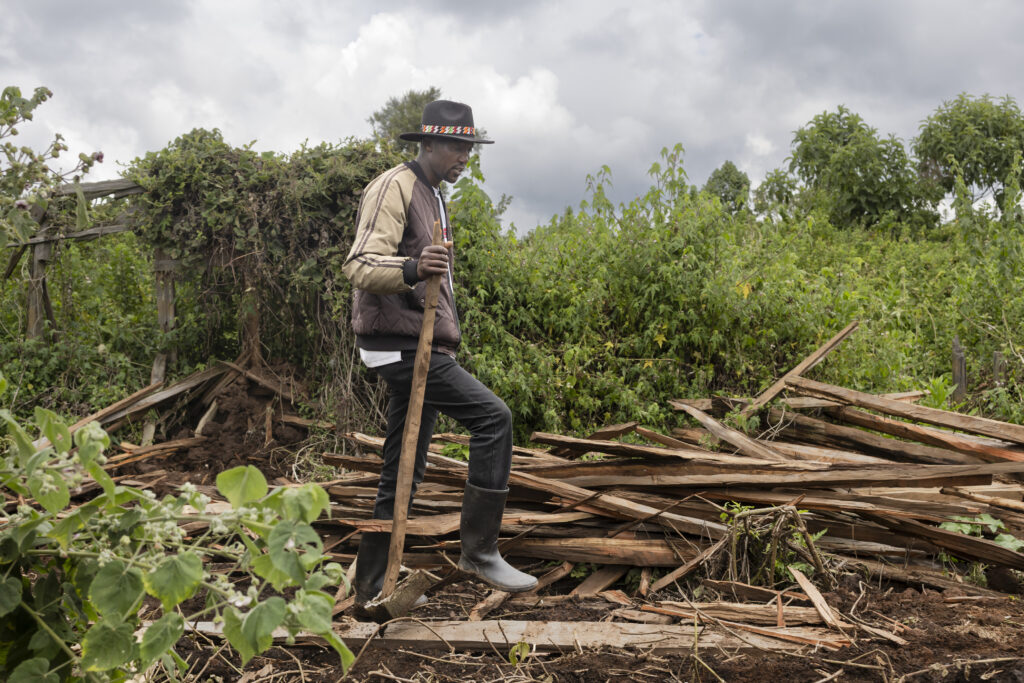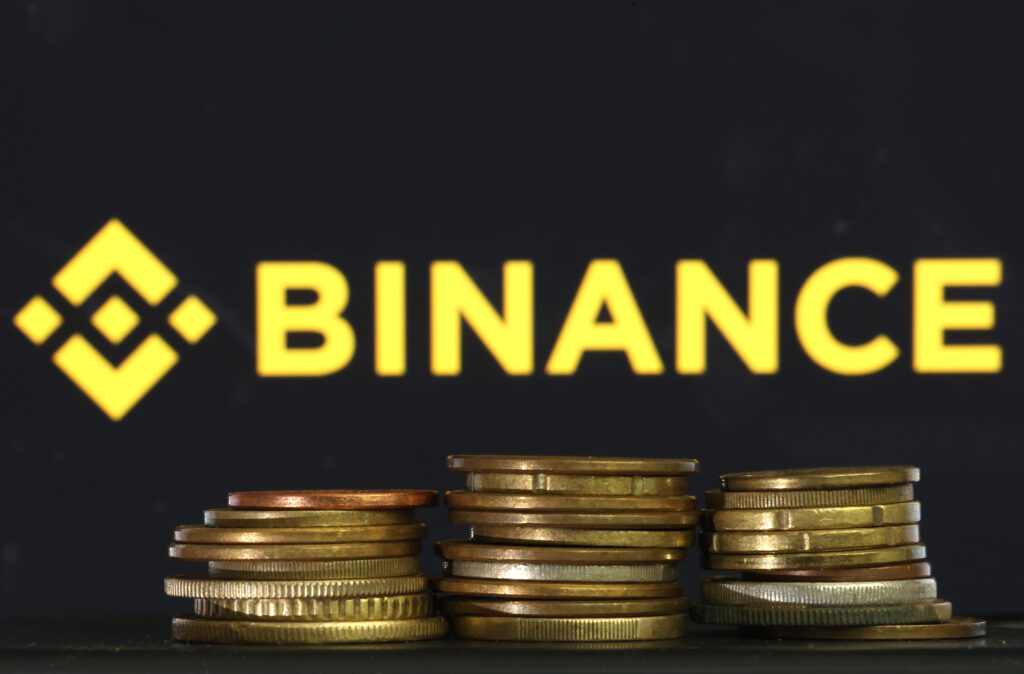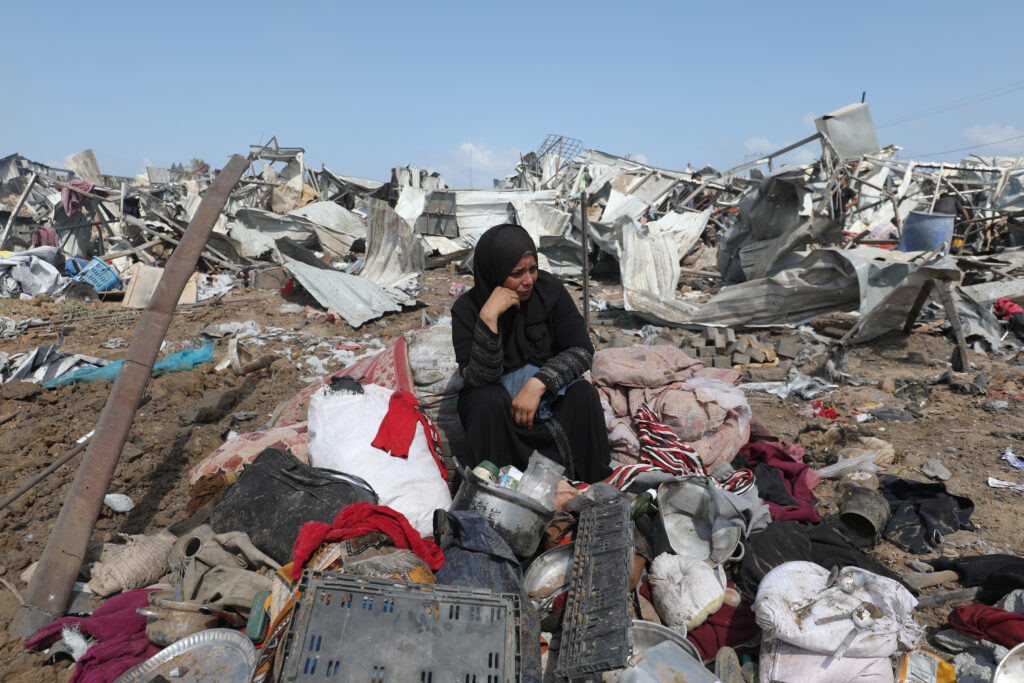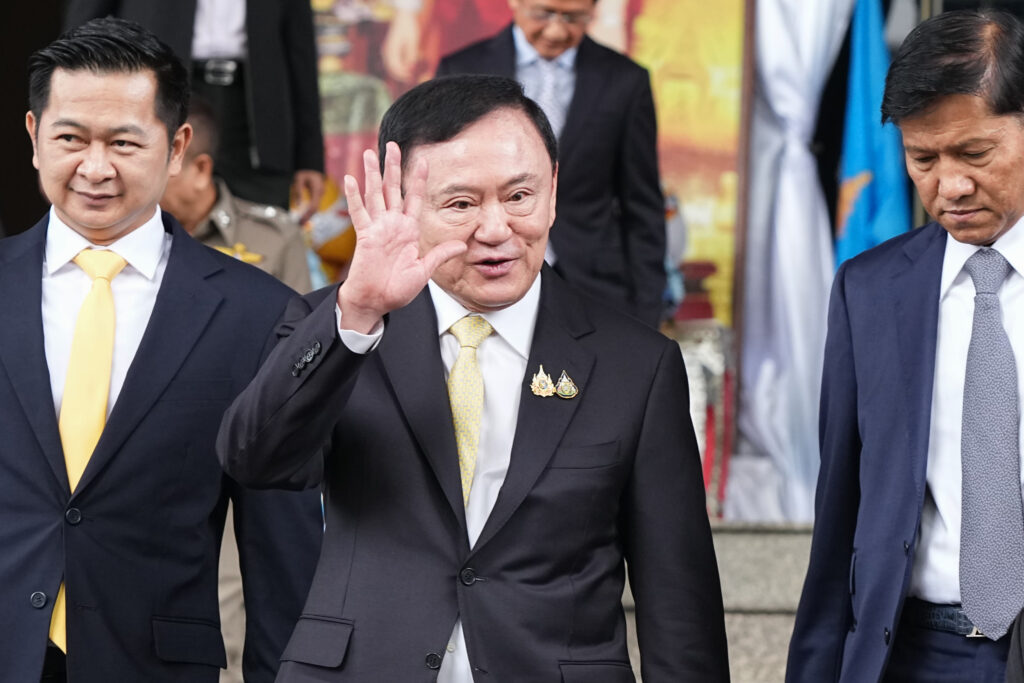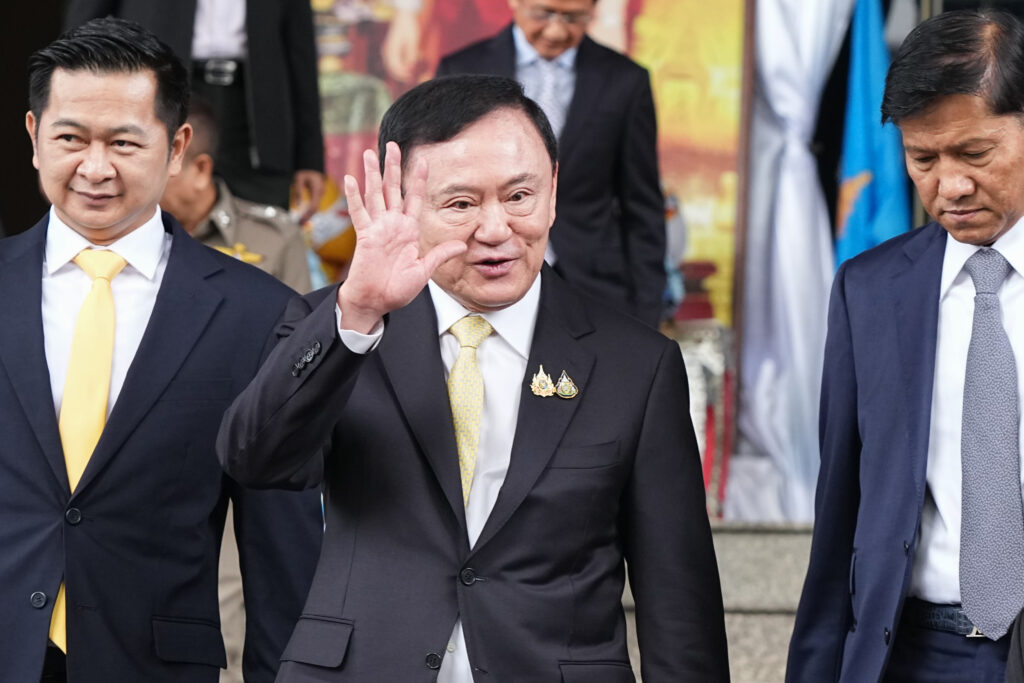Au Kenya, des chasseurs-cueilleurs expulsés de leurs forêts ancestrales
De sa maison qui se fondait dans la forêt de Mau, Fred Ngusilo ne retrouve qu’un sac et une chaussure, sous des bouts de bois éparpillés. Sa communauté de chasseurs-cueilleurs Ogiek, l’une des dernières d’Afrique, se voit chassée de ses terres ancestrales et craint pour sa survie.Fin 2023, des gardes-forestiers et forces de sécurité kényans ont débarqué par surprise, équipés de haches et marteaux, évinçant en quelques jours des centaines de personnes, relate à l’AFP ce militant des droits humains de 38 ans. Aucun motif ne leur a été donné, ni aucun préavis accordé, assurent plusieurs d’entre eux.”Quand je viens ici, je suis tellement triste. J’en ai les larmes aux yeux”, souffle M. Ngusilo en balayant du regard les restes de la maison familiale à quelques dizaines de kilomètres de la ville de Narok, dans la vallée du Rift. Certains Ogiek persistent à y élever leur bétail, mais sont régulièrement chassés par les gardes-forestiers.Le calme apparent de la plus grande forêt du pays, château d’eau qui abreuve des millions de Kényans, contraste avec les récits de décennies de persécutions et d’expropriations rapportés par ses autochtones, que les autorités kényanes justifient au nom de la préservation de la zone.Un argument réfuté par la Cour africaine des droits de l’Homme et des peuples. Des décisions rendues en 2017 et 2022 par cette juridiction continentale ont jugé les évictions illégales, ordonnant à Nairobi de payer aux Ogiek des réparations équivalant à plus d’un million d’euros et de reconnaître leurs terres ancestrales. Mais le Kenya ne s’est toujours pas exécuté.- Quotidien difficile -Le Programme de développement du peuple Ogiek (OPDP), une ONG protégeant ce sous-groupe de l’ethnie kalenjin, compte plus de 50.000 membres, qui étaient autrefois aussi disséminés sur les contreforts du Mont Elgon (Ouest).Nombre d’entre eux sont désormais contraints de louer des maisons en dehors de la forêt, privés de leurs moyens de subsistance.”Avant, c’était bien : pas de loyer, pas besoin d’acheter du bois ou de la nourriture. Maintenant, il faut tout acheter”, regrette la grand-mère de Fred, Janet Sumpet Ngusilo, 87 ans.Alors, outre leurs combats devant les juges, les Ogiek organisent ces dernières années des festivals culturels. Des cérémonies, empreintes de nostalgie et d’appels à la justice, qui ont ressemblé plusieurs centaines de personnes ce mois-ci.Avant, “je survivais de viande et de miel. Les jeunes d’aujourd’hui ne connaissent pas cette vie”, raconte Salaton Nadumwangop à l’AFP.”J’avais plus de 500 ruches (…) nous déposions des feuilles par terre, nous nous couvrions et dormions jusqu’au matin. La forêt est notre vie”, ajoute cet homme de 55 ans coiffé d’un chapeau en fourrure épinglé de perles évoquant des abeilles.Avant de témoigner des violences des trois évictions qu’il a subies : en fuyant, certains ont été attaqués par des hyènes et des léopards et “de nombreuses personnes sont mortes”, raconte-t-il.- “Complètement perdus” -Josphat Lodeya, à la tête de l’unité gouvernementale chargée des minorités et personnes marginalisées, a promis lors du dernier festival Ogiek l’application des verdicts de la cour située à Arusha, en Tanzanie, sans plus de précisions. “Nous sommes un petit peuple. Même si nous essayons de voter, ils nous considèrent comme des moins que rien. Alors ils nous méprisent”, estime M. Nadumwangop. Les autorités “essaient de nous vendre”, affirme Fred Ngusilo, qui se dit prêt à mourir pour retourner chez lui.Lorsque l’AFP l’a accompagné en août dans les restes sa maison familiale, il s’est fait harceler par des gardes-forestiers qui ont menacé de l’arrêter.Contacté par l’AFP, KFS, l’office forestier kényan, n’était pas disponible dans l’immédiat. La cupidité des autorités, avides de l’argent tiré du bois, mène également à la disparition des forêts, déplorent certains Ogiek. Plus de 20% de la forêt de Mau a disparu depuis les années 1980, selon différentes études. Plusieurs membres de la communauté accusent aussi des projets de crédit carbone, encouragés par le président William Ruto, d’être derrière les expropriations de 2023. Des allégations dures à prouver, même si plusieurs avocats et observateurs les estiment plausibles.Salaton Nadumwangop se dit “très inquiet”. “Si les choses continuent ainsi, les Ogiek disparaîtront, se lamente-t-il. Nous serons complètement perdus.”
